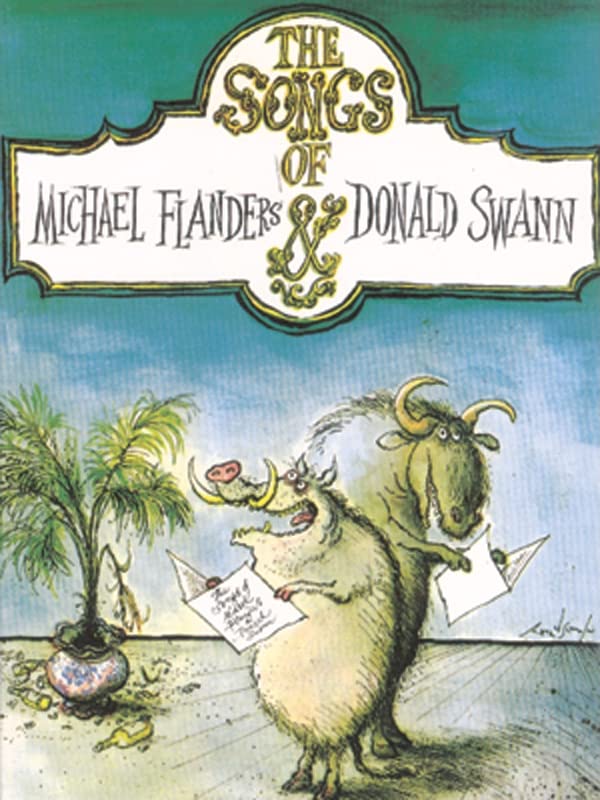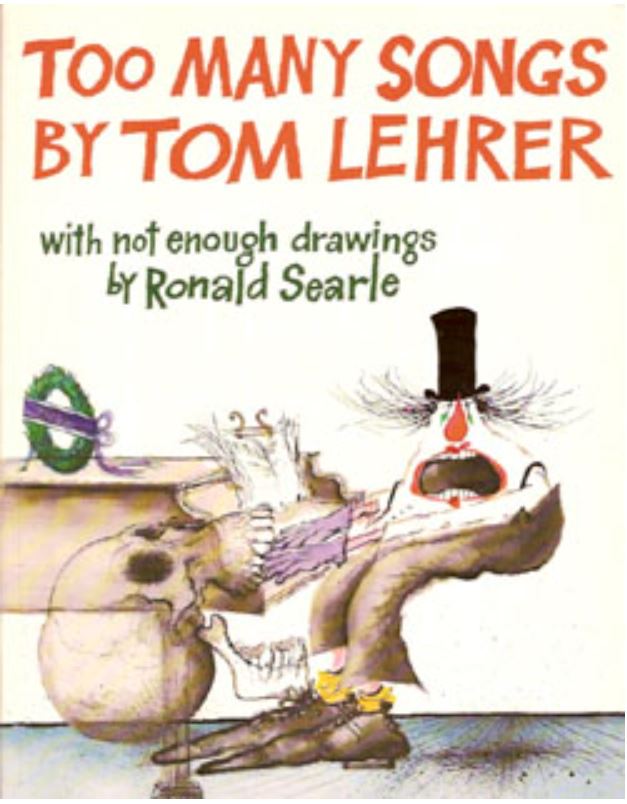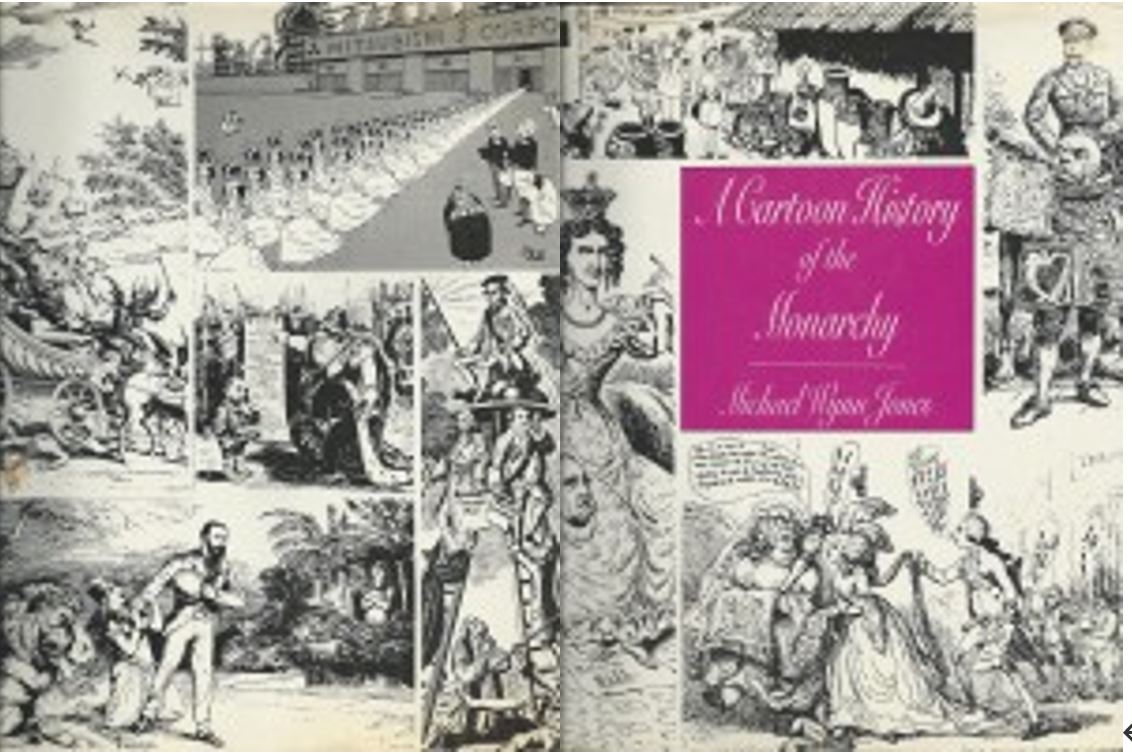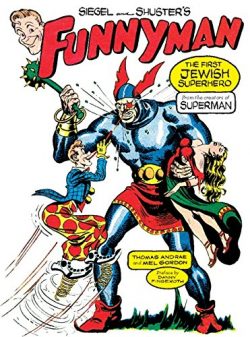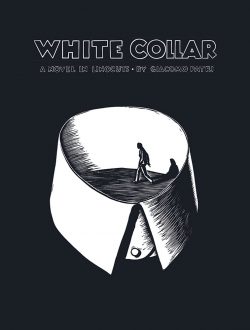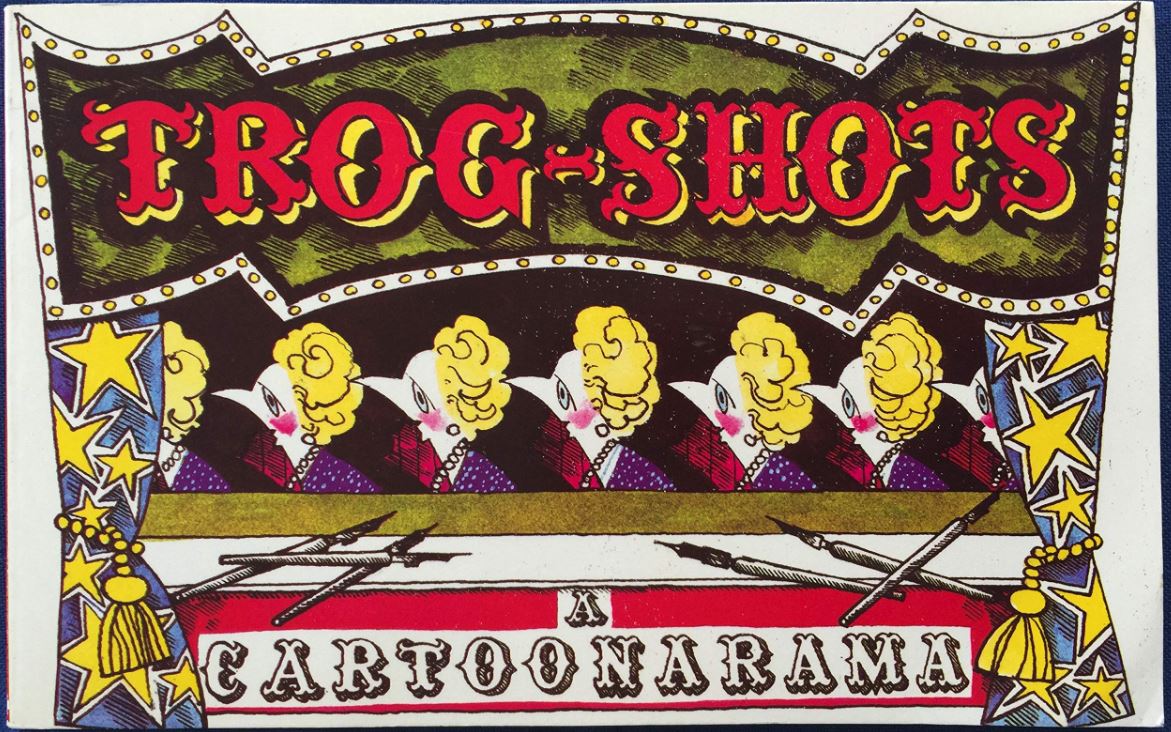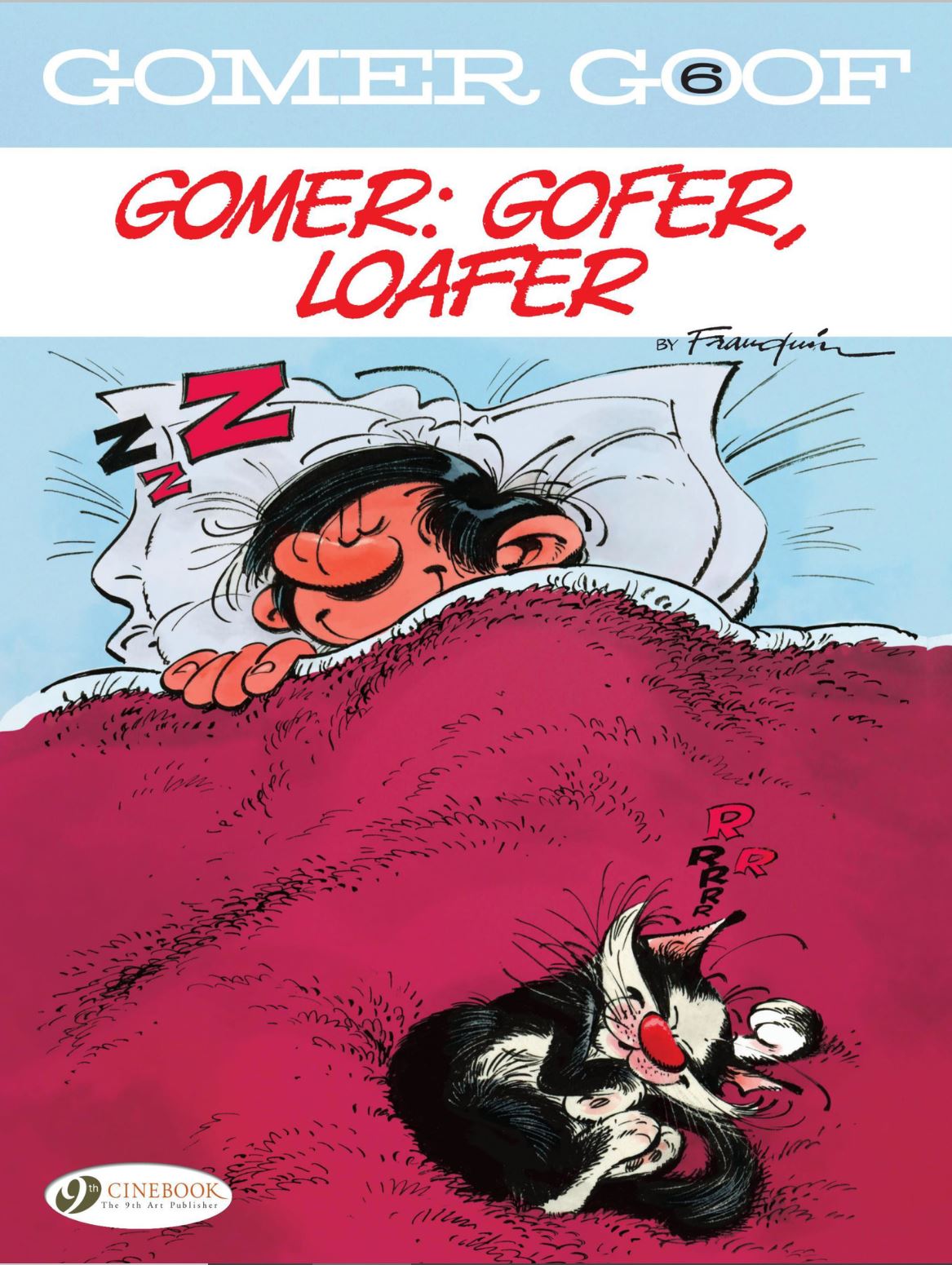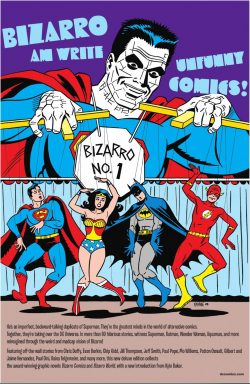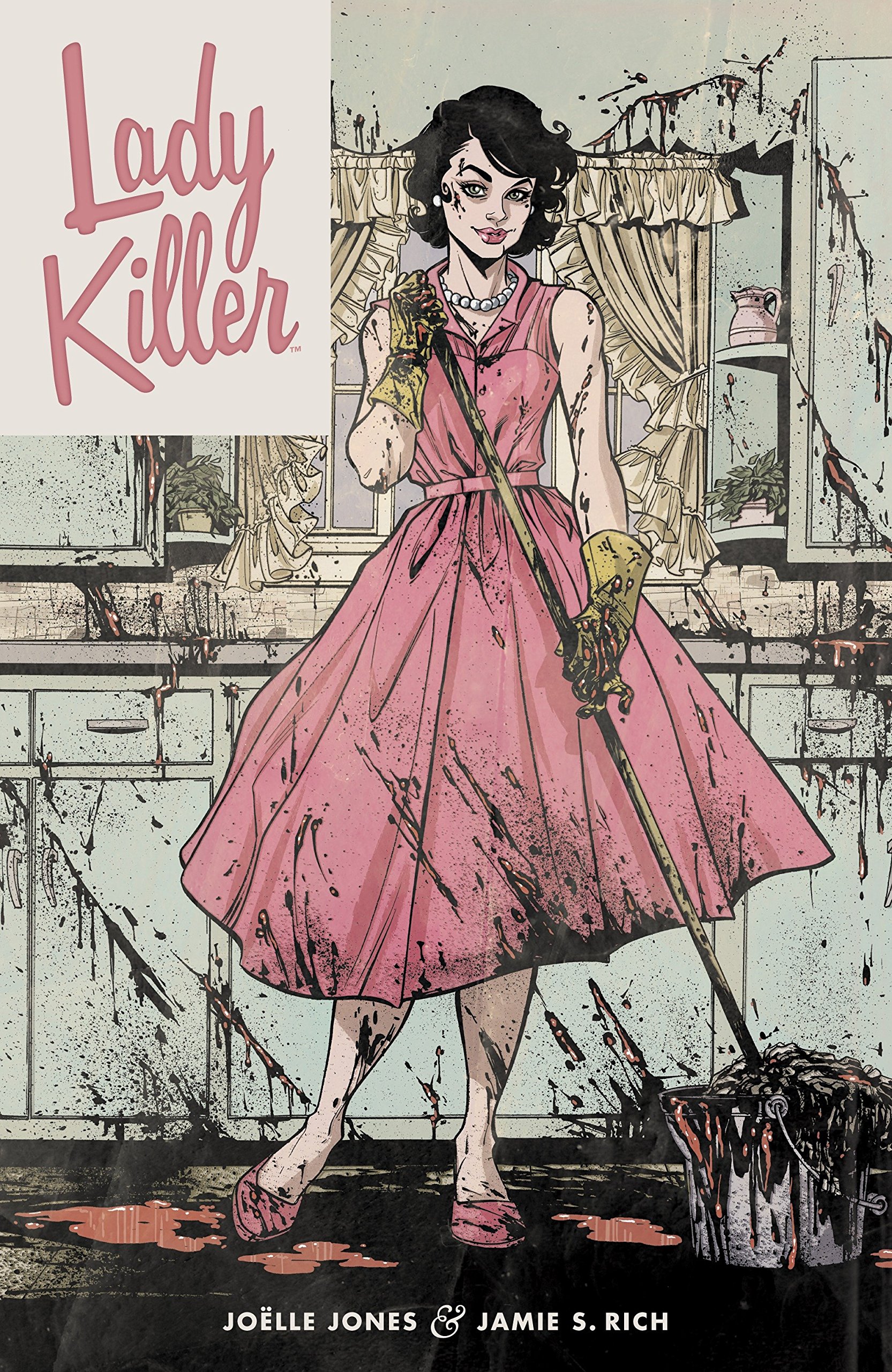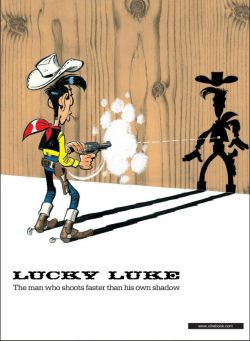
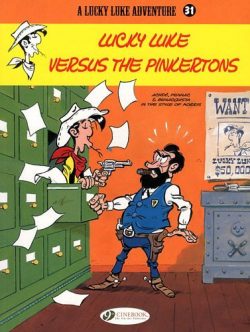
By Achdé, Daniel Pennac & Tonino Benacquista, in the style of Morris: coloured by Anne-Marie Ducasse, translated by Jerome Saincantin (Cinebook)
ISBN: 978-1-84918-098-6 (Album PB/Digital edition)
Doughty, dashing and dependable cowboy “good guy” Lucky Luke is a rangy, implacably even-tempered do-gooder able to “draw faster than his own shadow”. He amiably ambles around the mythic Old West, enjoying light-hearted adventures on his petulant and rather sarcastic wonder-horse Jolly Jumper.
Over nine decades, his exploits have made him one of the top-ranking comic characters in the world, generating upwards of 85 individual albums and many spin-off series, with sales thus far totalling in excess of 300 million in 30 languages. That renown has led to a mountain of merchandise, aforementioned tie-in series like Kid Lucky and Ran-Tan-Plan, plus toys, computer games, animated cartoons, a plethora of TV shows and live-action movies and even commemorative exhibitions. No theme park yet, but you never know…
Originally the brainchild of Belgian animator, illustrator and cartoonist Maurice de Bévère (“Morris”) and first officially seen in Le Journal de Spirou’s seasonal Annual L’Almanach Spirou 1947, Luke actually sprang to laconic life in mid-1946, before inevitably ambling into his first weekly adventure ‘Arizona 1880’ on December 7th 1946.
Working solo until 1955, Morris produced nine albums of affectionate sagebrush spoofery before teaming with old pal and fellow trans-American émigré Rene Goscinny. With Rene as his regular wordsmith, Luke attained dizzying, legendary, heights starting with Des rails sur la Prairie (Rails on the Prairie) which began serialisation on August 25th 1955. In 1967, the six-gun straight-shooter switched sides, joining Goscinny’s own magazine Pilote in La Diligence (The Stagecoach).
Goscinny co-created 45 albums with Morris before his untimely death, whereupon Morris soldiered on both singly and with other collaborators. He died in 2001, having drawn fully 70 adventures, plus numerous sidebar sagebrush sagas crafted with Achdé, Laurent Gerra, Benacquista & Pennac, Xavier Fauche, Jean Léturgie, Jacques Pessis and more, all taking their own shot at the venerable vigilante …as in this tale from 2010 which so neatly fits the week’s theme of “detective fiction”…
Lucky Luke has a long history in Britain, having first pseudonymously amused and enthralled young readers during the late 1950s, syndicated to weekly anthology Film Fun. He later rode back into comics-town in 1967 for comedy paper Giggle, using nom de plume Buck Bingo. And that’s not counting the many attempts to establish him as a book star beginning in 1972 with Brockhampton Press, and continuing with Knight Books, Hodder Dargaud UK, Ravette Books and Glo’Worm, until Cinebook finally and thankfully found the way in 2006.
The taciturn trailblazer regularly interacts with historical and legendary figures as well as even odder fictional folk in tales drawn from key themes of classic cowboy films – as well as some uniquely European notions, and interpretations. That’s used to sublime effect in Lucky Luke contre Pinkerton released as Cinebook’s 31st album in 2011, but only latterly added to the official continental cannon.
In France, it had graced Le Journal de Spirou #3779-3784 before being compiled and released as the 4th edition of sub-strand Les Aventures de Lucky Luke d’après Morris.
Since the Europeans take their comics seriously – especially the funny ones – they aren’t afraid to be bold or brave and this riotous romp cheekily plays with established chronology and even employs creative anachronism to carry an edged – if not actually barbed – pop at government oversight, the rise of a surveillance state and arguments pro and con concerning necessary evils and zealous protections versus plain old liberty and equality…
In America, Abraham Lincoln has just been elected President . The world is changing and modernity looms, but the nefarious Daltons think nothing of it until a train robbery goes hideously awry.
Instead of their usual duel with Lucky Luke they are ambushed and arrested by an army of detectives employed by iconoclastic, ambitious lawman Allan Pinkerton. The detective then begins a publicity campaign trumpeting that the day of the gifted amateur is done and that Lucky is passe and over the hill…
Untroubled by all the modern foolishness, Luke busies himself hunting a counterfeiting gang but thinks again when Pinkerton pips him to the post and abrasively tells him that from now on, there will be no room for amateurs…
Egotistically sharing his cutting edge crimefighting scheme, Pinkerton unveils modern incarceration, rapid communications, intelligence-led pre-emptive investigation, forensic methodology and ruthless methods of “interrogation” – and operates on the principle that everyone is guilty of something…
He’s compiling incriminating dossiers on everyone, with his legion of detectives building an (analogue) database holding all those dark secrets in one secure office.
Pinkerton’s authority comes from Lincoln, who has made the innovator his chief of security, unaware of the detective’s own vaulting ambition – which includes acting as an agent provocateur and manufacturing threats against PotUS. Lucky sticks to his guns and the old moral ways and battlelines are drawn…
Initially, everything seems to go the way of the moderniser, but his success proves his undoing when a sudden influx of arrests fills all the prisons and the Daltons are given early release to make room. With turmoil gripping the nation and Lincoln’s popularity plunging, Pinkerton seems unassailable until unrepentant recidivist Joe Dalton cherry picks modern ordnance and applies old fashioned predatory behaviour to beat Pinkerton at his own game.
The little monster is particularly impressed by that huge store of files and calculates how much most decent people will pay to keep their secrets unexposed…
Happily Lucky Luke also cherishes the old ways and is ready to set things right his way…
A wickedly wry exploration of the other side of the investigation game, Lucky Luke versus the Pinkertons blends fun and adventure with some salient views of where we’ve been and where we’re going in our ever more urgent quest for safety and security. Nevertheless, the yarn also revels in classic set-piece slapstick and witty wordplay: poking fun at the fundamental components of the genre and successfully embracing tradition with action in another wildly entertaining all-ages confection.
© Dargaud Editeur Paris 1971 by Goscinny & Morris. © Lucky Comics. English translation © 2009 Cinebook Ltd.

